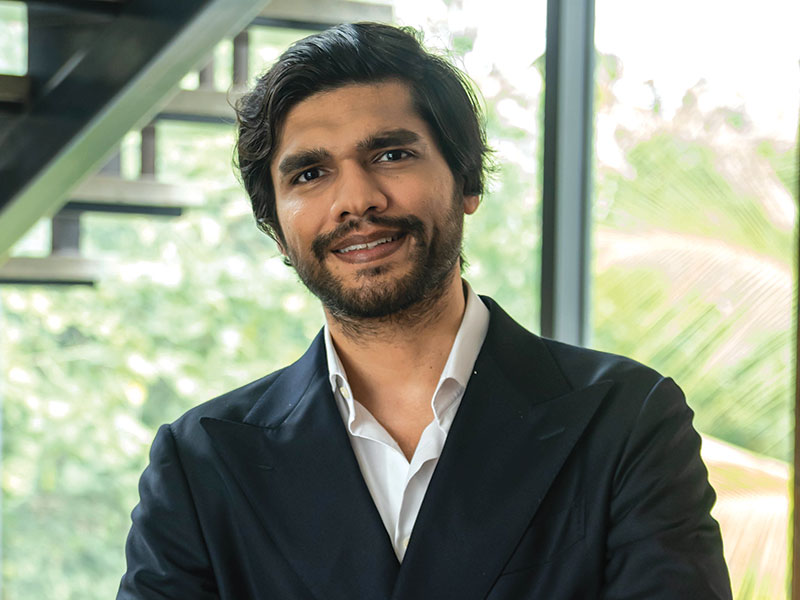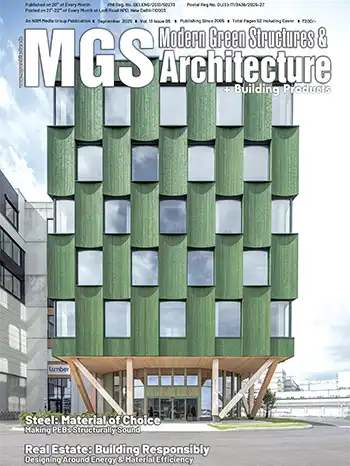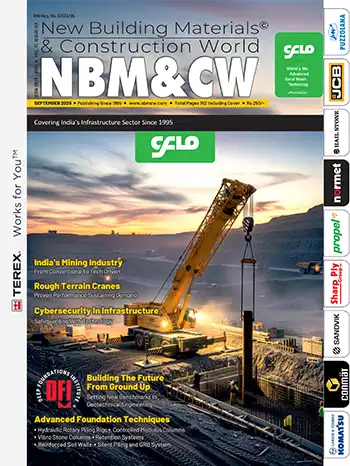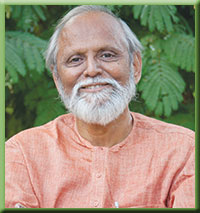

"Architecture is a service oriented profession. Seeing it as an art, when it actually has to be functionally, climatically, psychologically and spiritually more comfortable for its actual users, to the society, to the nation and to the universe, is an irresponsible way to look at it. Those who wish to see it as art, should invest their own money in the making it, as all artists do. We must do away with the practice of blindly aping the west and must strive to create and define our own Indian identity."
Ar. Parul Zaveri & Ar. Nimish Patel established Abhikram (Sanskrit word for 'Initiation'), a Planning, Architecture, Conservation and Interiors consultancy firm in 1979, with a view to explore design directions and processes, which make Built Environment, functionally, psychologically, environmentally and spiritually, more balanced, contextual and comfortable for the end-user.
Besides studying at the MIT, Cambridge, USA, with specialization in Urban Settlement Design in Developing Countries, Nimish has also done a Diploma in Architecture from CEPT, Ahmedabad whereas Parul, with a Diploma in Architecture from CEPT, Ahmedabad in 1978, has supplemented her studies with specific courses in the Urban Settlement Design in Developing Countries programme, at MIT, Cambridge (USA) in 1975-76. She has also pursued interests in Alternative Technologies and use of Solar Energies and Recycling at Arcosanti and at the Cosanti Foundations, with architect-philosopher Paolo Soleri in Arizona, U.S.A.
From the very beginning, the duo were fascinated and inspired by the architecture of India, its limitless variety, range of materials and craftsmanship, and the quality of timelessness. Parul was influenced by her time spent in and around the rural areas near Ahmedabad; its old city - people, lifestyle and the interaction with the spaces while Nimish was influenced by his upbringing in Bombay in the family strongly associated with the freedom movement and the Gandhian thoughts.
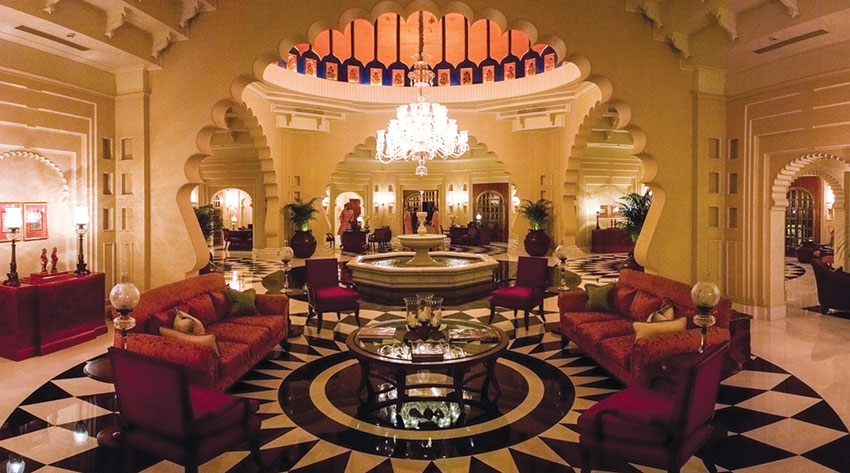
The Oberoi Udaivilas, Udaipur, Rajasthan
The duo's travels to Rajasthan cities, during the school & college days, added to shaping a cross sectional view of the society. All these experiences, in their respective ways, helped them to realize the values of the cultural heritage in their lives, the importance of contextualizing the designs, asking relevant questions without hesitation while attempting to find their own answers, using materials to their potentials despite their constraints, and gaining the understanding that architecture was for people.
Nimish and Parul are committed to conservation of our cultural heritage, revival and continuation of the use of the traditional materials, technologies and the skills, generation of work and livelihood for traditional craftsmen. They also aim to reducing energy consumption for human comforts, through passive means. They also headed the conservation team of INTACH-Jaipur chapter, in the Rajasthan Urban Infrastructure Development Project (RUIDP) at Jaipur, Rajasthan, for its Rs.50 crore Heritage Component, from 2001 to 2004. They were instrumental in initiating the Heritage Conservation Movement in Udaipur, Jaipur and Amber.
Besides winning several awards for their professional works in Architecture, Interior Design and Conservation fields in India, they have also won internationally prestigious UNESCO'S Asia Pacific Heritage Award for Culture, Heritage Conservation in 2000. Moreover, they are the first Indian Architects, shortlisted for the prestigious 2016 Ashden International Awards, better known as the "Green Oscars".

The Oberoi Udaivilas, Udaipur, Rajasthan
This pair has initiated the 'Unknown Crafts Persons' Trophy (UCP Trophy), through Virasat Foundation, Ahmedabad at the Annual National Association of Students of Architecture (NASA) Convention. The intent is to provide opportunity for students to expose, analyse, investigate and understand themselves to the vast range of Crafts which exists all around in India. They continue to lecture and share their knowledge, nationally and internationally, both with students and professional communities on two areas of importance, sustainability and conservation of the national asset of the knowledge base in built environment. They believe that innovation will come if one tries to solve a problem with frugal means and resources.
Ar. Parul and Ar. Nimish are now diversifying into an advisory role to all stakeholders involved in the building design and execution process, with Client, Architects, Interior Designers, Project Management Consultants and others, on making a building and its interiors sustainable, cooling the spaces through passive techniques and using local material, arts and crafts.

